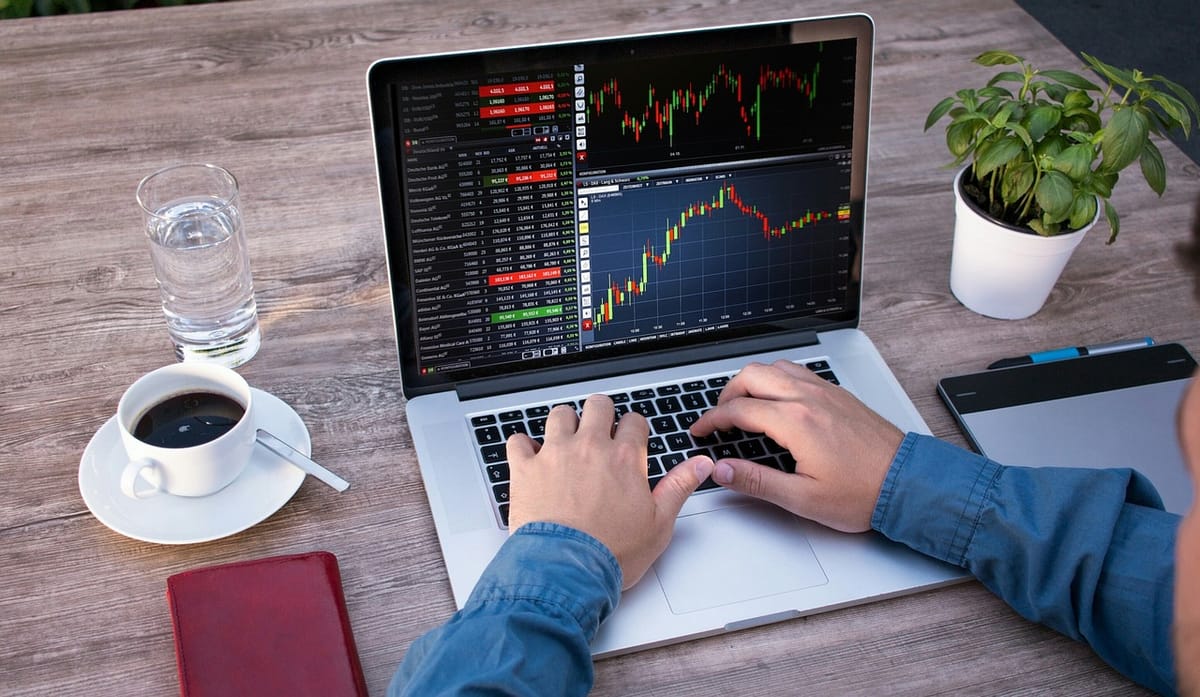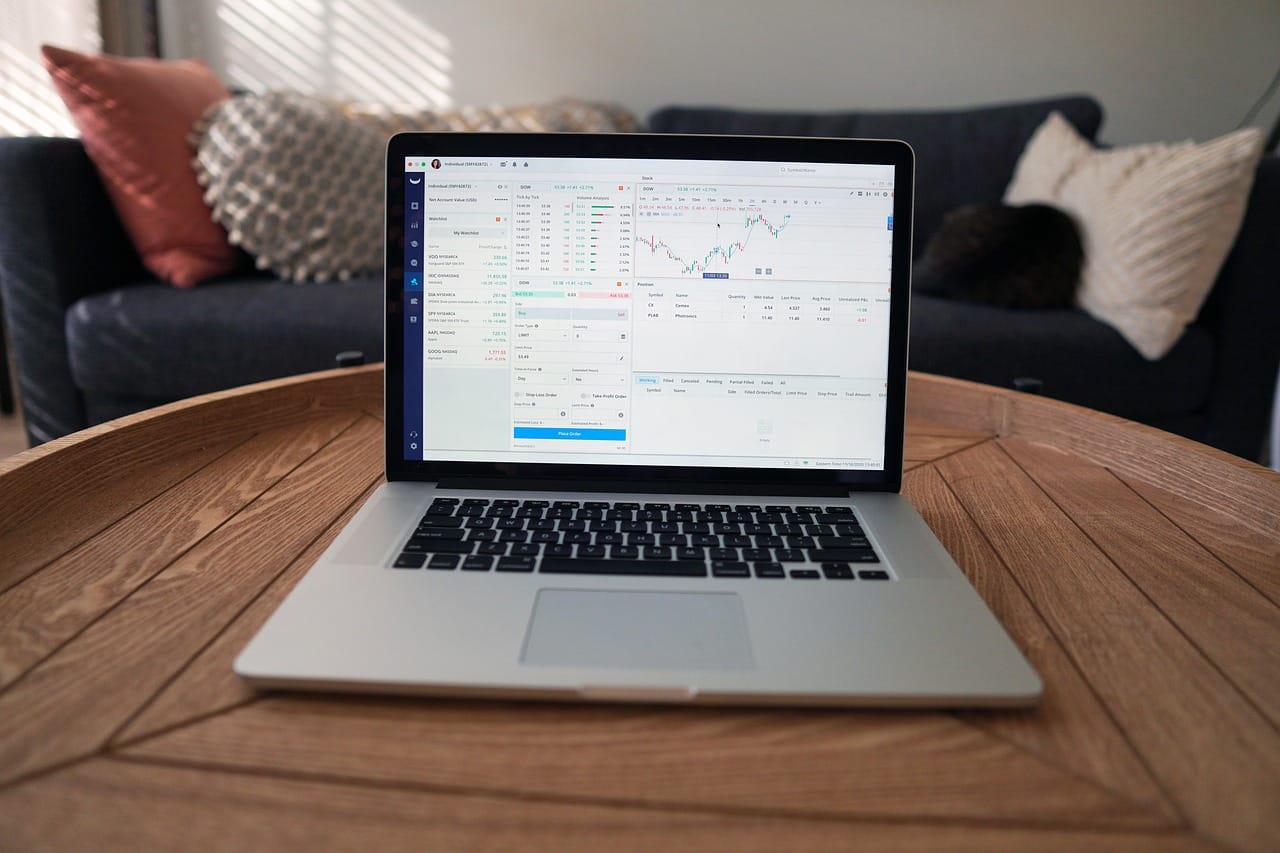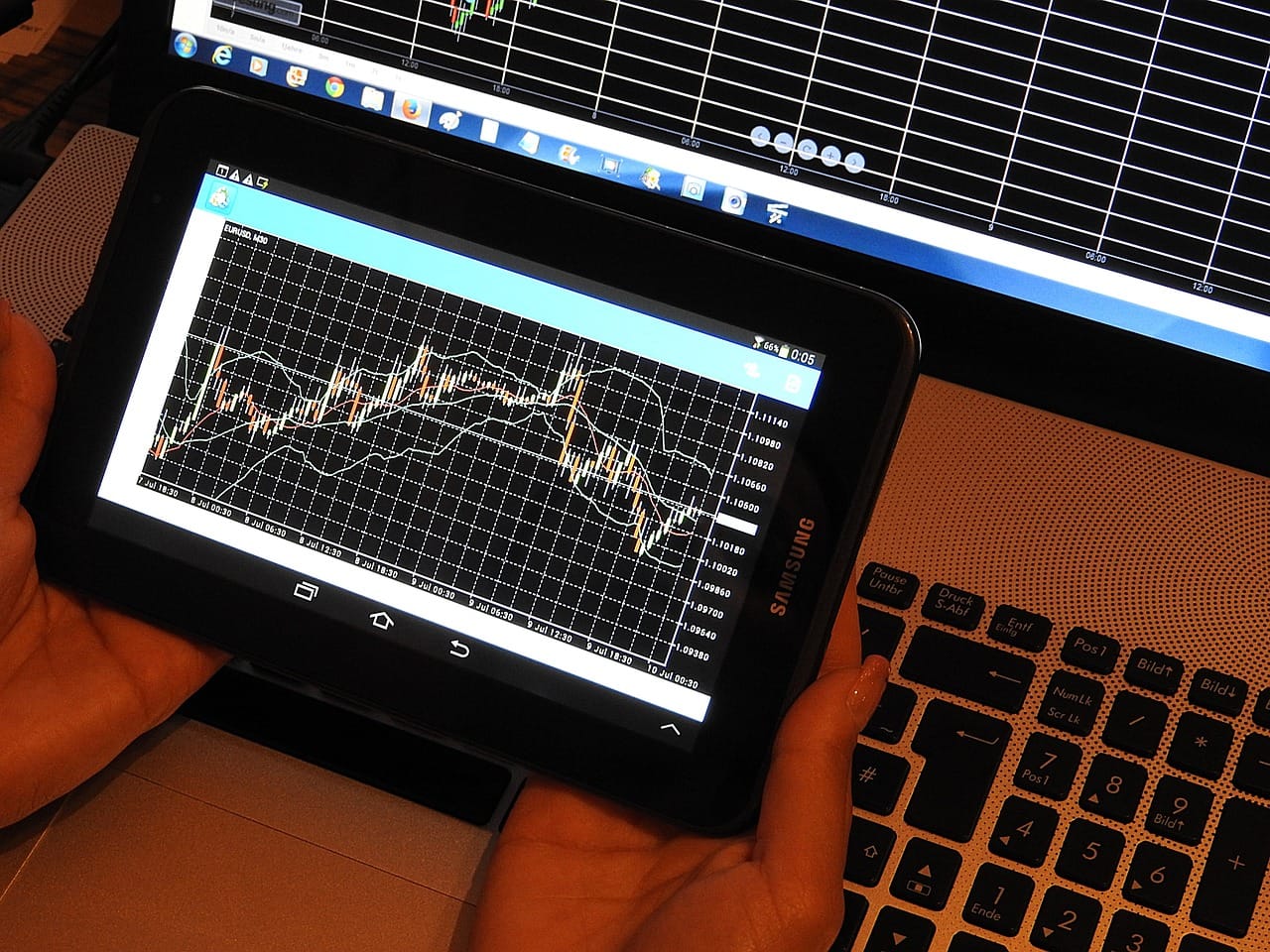Demystifying the Foreign Exchange Market: A Comprehensive Definition and Analysis
Dive into the depths of the foreign exchange market. Explore a comprehensive analysis and definition, demystifying the complexities of this global market, shedding light on its mechanisms and influences

Introduction to the foreign exchange market
The foreign exchange market, also known as the forex market, is a global decentralized marketplace where currencies are traded. It is the largest and most liquid financial market in the world, with an average daily trading volume of over $6 trillion. In this article, we will delve into the intricacies of the foreign exchange market, providing a comprehensive definition and analysis to demystify this complex market.
The history and evolution of the foreign exchange market

The foreign exchange market has a rich history that dates back to ancient times. In the past, currencies were exchanged through barter trade. However, as civilizations developed and trade expanded, the need for a standardized medium of exchange became evident. This led to the development of coins and later paper money.
The modern foreign exchange market as we know it today began to take shape in the mid-1970s when major economies transitioned from fixed exchange rates to floating exchange rates. This change was brought about by the collapse of the Bretton Woods system, which had pegged currencies to the U.S. dollar. Since then, advancements in technology and globalization have further transformed the foreign exchange market, making it accessible to individuals and institutions around the world.
The structure and participants of the foreign exchange market
The foreign exchange market is a decentralized market, meaning that there is no centralized exchange or physical location where trading takes place. Instead, trading occurs electronically over-the-counter (OTC) through a network of banks, financial institutions, and individual traders. This allows for 24-hour trading throughout the week, as the forex market operates across different time zones.
The participants in the foreign exchange market can be broadly categorized into three main groups: the interbank market, commercial entities, and retail traders. The interbank market consists of large financial institutions such as banks, hedge funds, and central banks, who trade currencies among themselves. Commercial entities, such as multinational corporations, engage in foreign exchange transactions to facilitate international trade. Lastly, retail traders are individual investors who trade currencies through online platforms provided by brokers.
How the foreign exchange market works
The foreign exchange market operates on the principle of buying one currency while simultaneously selling another. Currency pairs are quoted in terms of one currency's value relative to another. For example, the EUR/USD pair represents the value of the euro in relation to the U.S. dollar. When trading forex, a trader speculates on whether a currency will appreciate or depreciate in value relative to the other currency in the pair.
Trades in the forex market are executed through a network of electronic platforms and trading systems. These platforms connect buyers and sellers, allowing them to enter orders and execute trades. The market is driven by supply and demand factors, as well as various economic indicators and geopolitical events that influence currency values.
Major currencies in the foreign exchange market
In the foreign exchange market, there are several major currencies that dominate trading activity. These currencies are known as the "majors" and include the U.S. dollar (USD), euro (EUR), Japanese yen (JPY), British pound (GBP), Swiss franc (CHF), Canadian dollar (CAD), and Australian dollar (AUD). These currencies are the most widely traded and often serve as a benchmark for currency movements.
The U.S. dollar is the most actively traded currency in the forex market, involved in the majority of currency transactions. It is considered the world's reserve currency, meaning that it is widely accepted for international trade and held by central banks as part of their foreign exchange reserves. The euro is the second most traded currency, followed by the yen and the pound.
Factors influencing the foreign exchange market

The foreign exchange market is influenced by a multitude of factors that impact currency values. Economic indicators, such as GDP growth, inflation rates, and interest rates, play a significant role in determining the strength or weakness of a currency. Central bank policies, political stability, and geopolitical events also have a profound impact on the forex market.
News releases and economic data are closely monitored by traders, as they provide insights into the health of an economy and potential future policy actions. For example, a positive GDP report may lead to a strengthening of the currency, while a central bank's decision to lower interest rates could lead to a depreciation.
Key terms and concepts in the foreign exchange market
To effectively navigate the foreign exchange market, it is crucial to understand key terms and concepts. Here are some important ones:
- Pip: The smallest unit of measurement in a currency pair, representing the fourth decimal place for most currency pairs.
- Spread: The difference between the bid and ask price, which represents the cost of trading.
- Leverage: The ability to control a larger position in the market with a smaller amount of capital.
- Margin: The collateral required to open and maintain a leveraged position.
- Stop-loss order: An order placed to automatically close a trade at a predetermined price level to limit potential losses.
These are just a few examples, but there are many more terms and concepts that traders should familiarize themselves with to make informed trading decisions.
Common trading strategies in the foreign exchange market
Traders in the foreign exchange market employ various trading strategies to capitalize on currency movements. Some common strategies include:
- Trend following: Traders identify and follow trends in the market, buying currencies that are appreciating in value and selling those that are depreciating.
- Range trading: Traders identify periods of consolidation or range-bound price movements and aim to profit from buying at support levels and selling at resistance levels.
- Breakout trading: Traders look for price breakouts from key levels of support or resistance and enter trades in the direction of the breakout.
- Carry trading: Traders take advantage of interest rate differentials between currencies by borrowing in a low-interest-rate currency and investing in a higher-interest-rate currency.
These are just a few examples of trading strategies, and each trader may develop their own unique approach based on their risk tolerance and trading style.
Risks and challenges in the foreign exchange market
While the foreign exchange market offers significant opportunities for profit, it is not without risks. Volatility, leverage, and market manipulation are some of the challenges that traders face.
Volatility refers to the rapid price fluctuations in the forex market, which can lead to significant gains or losses. Leverage amplifies both profits and losses, as traders can control larger positions with a smaller amount of capital. While leverage can enhance returns, it also increases the risk of substantial losses.
Market manipulation is another concern in the forex market. Large financial institutions or individual traders with substantial resources can influence currency prices through coordinated trading activities. It is important for traders to stay vigilant and be aware of potential manipulation.
Conclusion: Understanding the foreign exchange market for better investment decisions
In conclusion, the foreign exchange market is a dynamic and complex marketplace where currencies are traded. By understanding its history, structure, participants, and key concepts, investors can make better-informed decisions when trading forex. It is crucial to stay updated on economic news and factors that influence currency values. Traders should also develop a solid trading strategy and manage risks effectively to navigate the challenges of the forex market successfully. With the right knowledge and approach, the foreign exchange market can be a lucrative avenue for investment.
CTA: Start your forex trading journey today and unlock the potential of the foreign exchange market!




